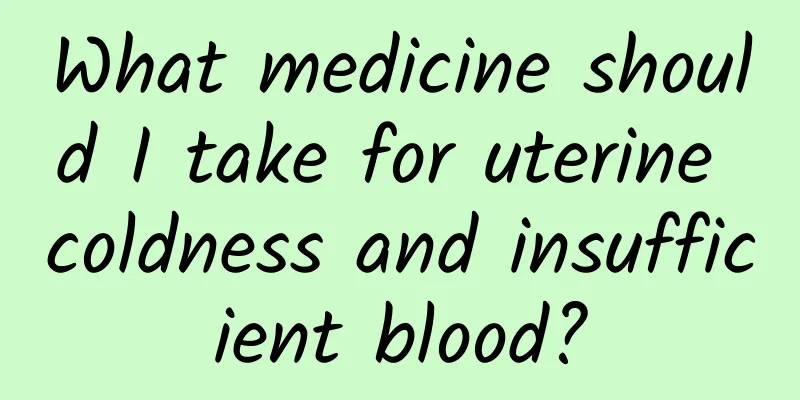What is the cause of decreased pulmonary diffusion function?

|
The importance of the lungs is self-evident. They are the respiratory organs of the human body and ensure that the human body can breathe normally. As they age, many people feel that their lungs are gradually failing and their functions are gradually declining. For example: decreased lung diffusion function is mainly manifested in the feeling of shortness of breath, chest tightness, and difficulty breathing when the weather changes. This article mainly introduces what is the decreased pulmonary diffusion function. Diffusion function is a measurement indicator of ventilation function. Used to evaluate the efficiency of gas exchange across the alveolar capillary membrane. The process of gas exchange between alveoli and blood through the alveolar-capillary membrane (hereinafter referred to as alveolar membrane) is a physical diffusion process. The amount of gas diffused per unit time depends on the difference in gas partial pressure on both sides of the alveolar membrane, the area and thickness of the alveoli, and the diffusion constant of the gas. The diffusion constant is in turn related to the molecular weight and solubility of the gas. In addition, the total diffusion capacity of gas is also determined by the contact time between blood and alveoli. The amount of diffusion depends on the difference in gas partial pressure on both sides of the membrane, the diffusion area, distance, time, gas molecular weight and its solubility in the diffusion medium. Emphysema and other lung tissue lesions, diffuse pulmonary interstitial fibrosis and other diseases can cause reduced diffusion function. Clinically, when lung lesions produce diffusion dysfunction, there is often a significant ventilation/perfusion imbalance, which results in hypoxia. The diagnosis can be made by clinical examination of spirometry. For males it was (28.84plusmn;4.84)ml/(mmHg?min) and for females it was (22.13plusmn;3.09)ml/(mmHgmin). Below this value, the gas diffusion function decreases. Causes: Decreased diffusion capacity can be seen in: 1. Decreased diffusion area: such as emphysema, lobectomy, lung infection, pulmonary edema, pulmonary hemorrhage, pneumothorax, scoliosis, etc. 2. Thickening of alveolar capillary membrane: such as pulmonary interstitial fibrosis, sarcoidosis, asbestosis, scleroderma, etc. 3. Decreased oxygen-carrying capacity of hemoglobin: such as anemia and carboxyhemoglobinemia. 4. The contact time between blood and alveoli is too short: At normal rest, the time for blood to flow through the alveolar capillaries is about 0.75 seconds. Since the alveolar membrane is very thin and the contact area with the blood is wide, it only takes 0.25 seconds for hemoglobin to be completely oxygenated. When the blood flows through the alveolar capillaries in a short time, the gas diffusion capacity will decrease. For patients with the above-mentioned reduced alveolar membrane area and increased thickness, although the oxygen partial pressure in the pulmonary capillary blood rises slowly, the gas exchange in the lungs can generally reach a balance at rest, so hypoxemia will not occur. It is often only when the physical load increases that obvious diffusion disorders will occur due to accelerated blood flow and shortened contact time between blood and alveoli, thus causing hypoxemia. It is currently believed that respiratory failure occurs when alveolar membrane lesions occur, mainly due to an imbalance in the alveolar ventilation and blood flow ratio. Mitigation methods Antibiotics are mostly ineffective, and there is currently a lack of effective treatments. The disease often progresses progressively, eventually leading to respiratory and heart failure. Traditional Chinese medicine has a certain effect in treating this disease. Through summarizing and analyzing the diagnosis and treatment of patients, we believe that the main pathogenesis of this disease is deficiency of both lung and kidney, and the combination of pathogenic factors such as blood stasis, phlegm and heat. The treatment methods of tonifying the lung and kidney, promoting blood circulation and unblocking collaterals, softening and dispersing nodules, resolving phlegm and clearing heat can slow down the progression of the disease and alleviate clinical symptoms, such as reducing shortness of breath, improving lung function and increasing blood oxygen partial pressure, so that patients can engage in certain physical activities, reduce patients' mental stress, and thus improve their quality of life. Strengthening the patient's immunity and reducing the number of colds can prevent the disease from worsening due to infection. If necessary, using it in combination with hormones can reduce the side effects of hormones and enhance the therapeutic effect. Interstitial pneumonia must first be clearly diagnosed and then treated long-term under the guidance of an experienced physician. It must not be taken lightly. The patient's psychological activities are also crucial to treatment. Optimistic and cheerful people live longer than depressed ones. Don't be pessimistic and anxious. |
<<: Vestibular dysfunction examination method
>>: Will humidity affect sexual function?
Recommend
Complications of hepatic encephalopathy
Hepatic encephalopathy is not as simple as its li...
What causes coughing?
Coughing should be familiar to most of us, becaus...
Three ways to treat snoring
Snoring is usually called snoring. This disease i...
Can gout patients drink sour plum soup? Gout patients should try to drink less sour plum soup
Everyone knows that there are many taboos for peo...
Right renal pelvis separation
When many mothers are doing examinations, they ar...
What to do if you have back pain after sneezing
Sneezing and having back pain may seem like a jok...
Why does the middle finger bone hurt?
Pain is a symptom, and bone pain is also a troubl...
Tiamulin fumarate, identified in this way
Many people know that bacterial infections are ea...
12 simple ways to get rid of bad breath
Bad breath is a problem that bothers many people....
Causes of tight eyes after double eyelid surgery
After double eyelid surgery, you always feel a ti...
Neurological disorders
In our daily life, people's nervous system is...
What are the benefits of cactus fruit?
Cactus fruit is the fruit of cactus. It is non-to...
Symptoms of stiff neck, pain in the back of the neck is most obvious
Many people may have experienced stiff neck in da...
Is Sanfutie effective in treating asthma?
Asthma is a serious chronic bronchial disease wit...
Traditional Chinese Medicine Spleen and Stomach Health Care
From the perspective of traditional Chinese medic...









